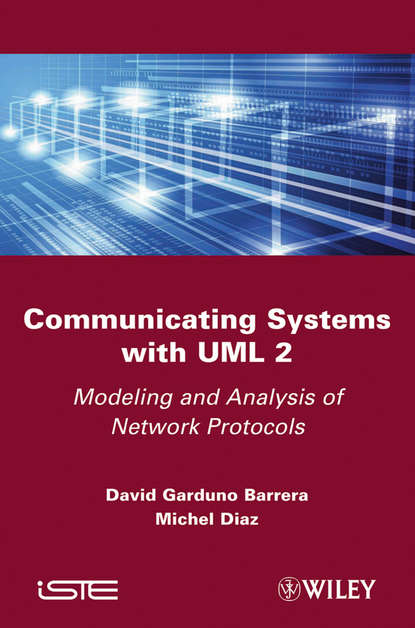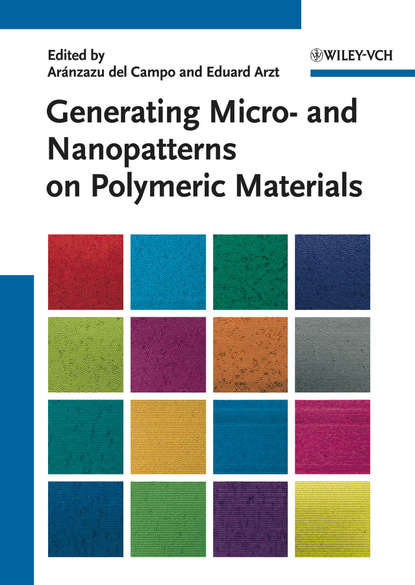Книга "Communicating Systems with UML 2. Modeling and Analysis of Network Protocols" представляет собой практический подход к моделированию и анализу протоколов связи с использованием UML 2. Стандартные протоколы всегда представляются с точки зрения частичных механизмов и начальных моделей. Эта книга направлена на то, чтобы дать основы, необходимые любому человеку, чтобы моделировать и проверять свои собственные протоколы. Книга следует практическому подходу и дает много примеров описания и анализа хорошо известных базовых механизмов сетевых протоколов. Сначала книга показывает, как описать и проверить основные проблемы протоколов (такие как проблемы синхронизации, взаимодействия клиента и сервера, организация и поведение слоев и т.д.) легко и понятно. Для этого книга рассматривает и представляет основные традиционные примеры сетевых протоколов (например, однонаправленный поток, двустороннее общение, восстановление после ошибок, чередующийся бит). В конце книги представлены результаты нескольких симуляций этих моделей UML. Другие книги обычно сосредотачиваются либо на обучении UML, либо на анализе сетевых протоколов, однако эта книга позволит читателям моделировать сетевые протоколы, используя новую перспективу и интегрируя эти две точки зрения, что облегчит их понимание и разработку. Любой студент университета, изучающий компьютерные науки, или работающий в области телекоммуникаций, встроенных систем или сетевых технологий, найдет эту книгу очень полезной.
This book provides practical guidance on how to model and analyze computer communication between parts of a network using the UML, a diagramming technique widely used for specifying application and object architecture. Communicating Systems With UML covers the basics and even goes beyond just explaining UML concepts and providing validations of net protocol designs. Many practical sided examples are introduced along the way, many of which build up to being more widely recognizable network elements used commonly today. One area that this book stands out is that it highlights some design flaws while also working with solutions to them. Particularly helpful and fruitful are its chapters on bit alternating and full duplex messaging, as they provide thumb rules for finding errors and dealing with some of the more common system built glitches
This book provides a practical approach for modeling and analysis using the UML for network protocols. Network protcolos are presented in a way focusing on smaller pieces; starting with standalone models to analyze. There is an emphasis on giving you the tools you'll need to model your own protocols and analyze them. Many examples of basic protocols that most protocols are built upon are provided as well. Flows including unidir and full duplex are discussed in detail. Errors and replays are also covered and visual charts of the interactions and protocols are shown. Finally, a simulation run is done which compares an actual implementation to see if the model stands up to being put into action. Something that separates this from other books is that it combines the skills required for building and analyzing UML of network proto-cols in one well organized unit. Computing students or anyone working with computer networks or embedded systems will find that this is a valuable resource.
Электронная Книга «Communicating Systems with UML 2. Modeling and Analysis of Network Protocols» написана автором Barrera David Garduno в году.
Минимальный возраст читателя: 0
Язык: Английский
ISBN: 9781118602119
Описание книги от Barrera David Garduno
This book gives a practical approach to modeling and analyzing communication protocols using UML 2. Network protocols are always presented with a point of view focusing on partial mechanisms and starting models. This book aims at giving the basis needed for anybody to model and validate their own protocols. It follows a practical approach and gives many examples for the description and analysis of well known basic network mechanisms for protocols. The book firstly shows how to describe and validate the main protocol issues (such as synchronization problems, client-server interactions, layer organization and behavior, etc.) in an easy and understandable way. To do so, the book considers and presents the main traditional network examples (e.g. unidirectional flows, full-duplex com-munication, error recovering, alternating bit). Finally, it presents the outputs resulting from a few simulations of these UML models. Other books usually only focus either on teaching UML or on analyzing network protocols, however this book will allow readers to model network protocols using a new perspective and integrating these two views, so facilitating their comprehension and development. Any university student studying in the field of computing science, or those working in telecommunications, embedded systems or networking will find this book a very useful addition.



















